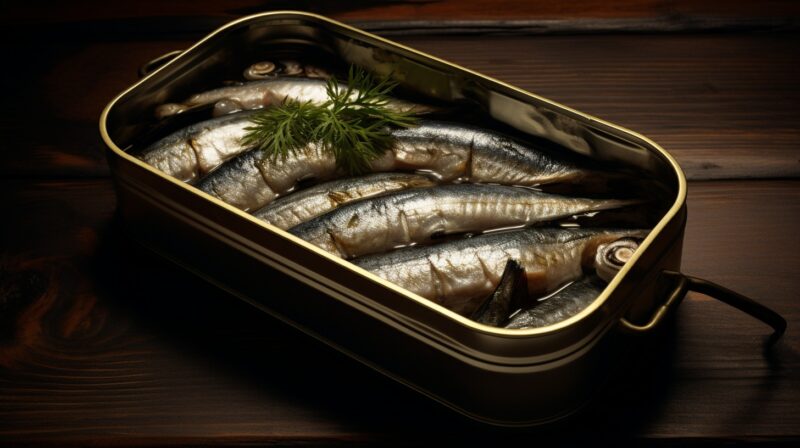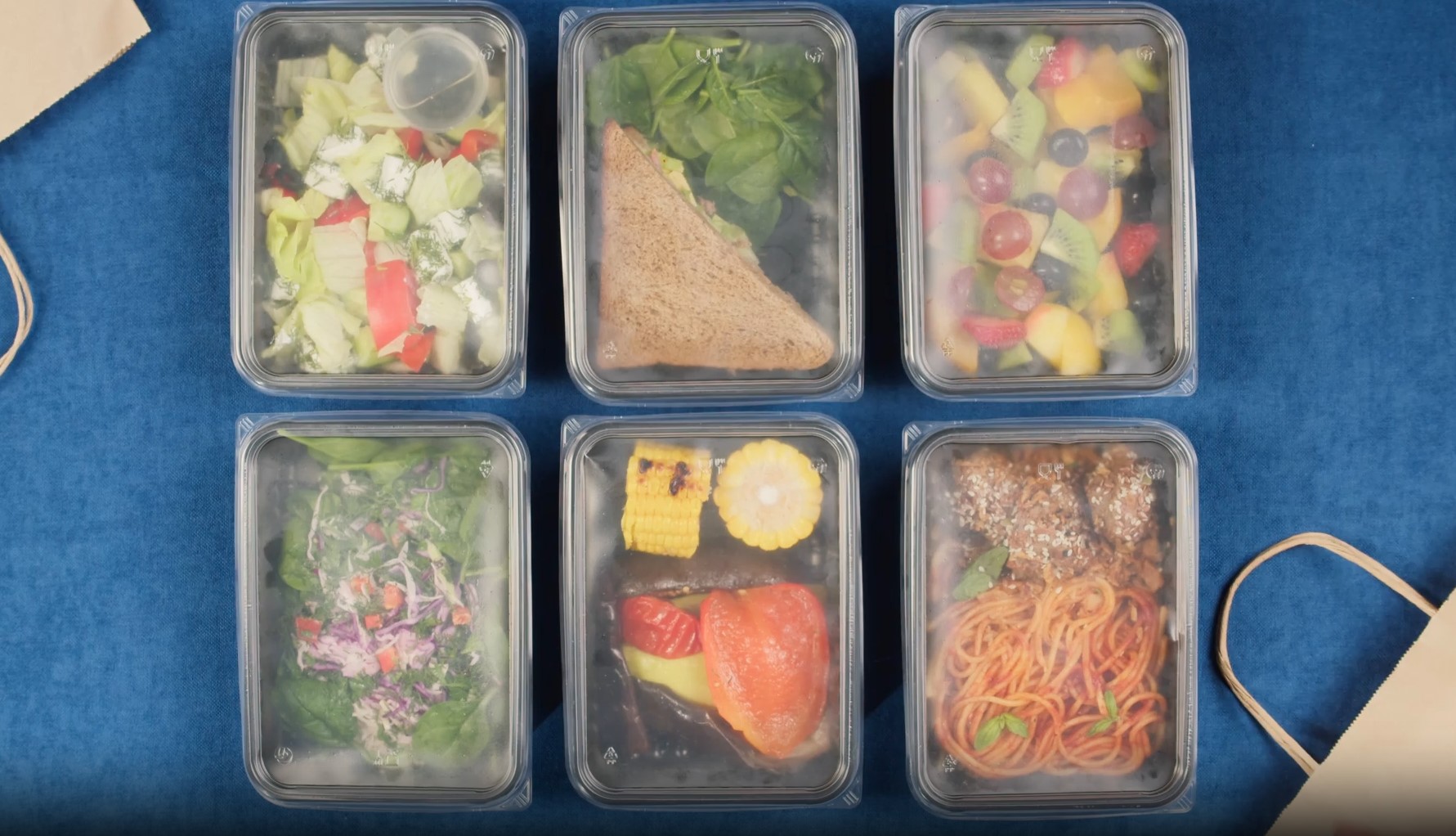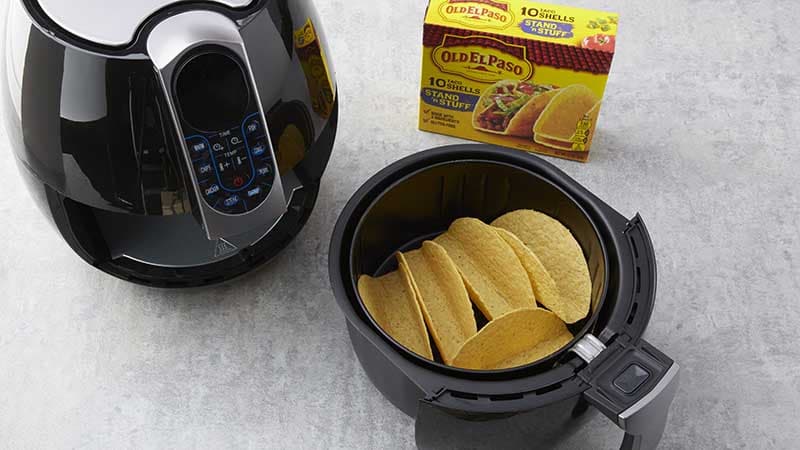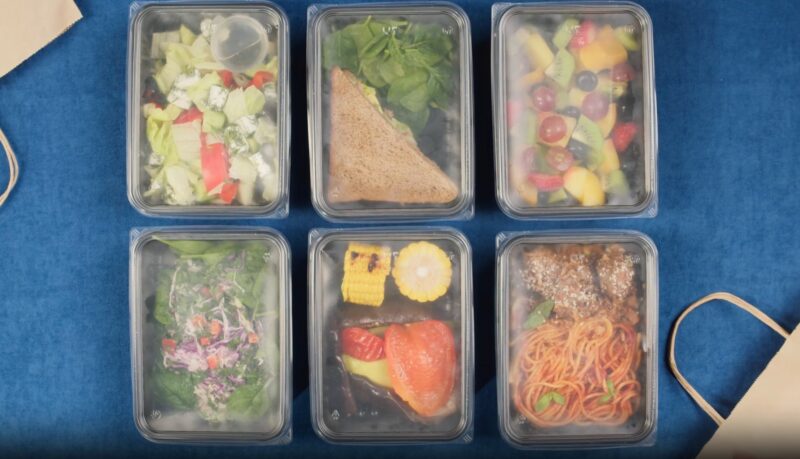
As a nutrition expert with a keen interest in the dietary value of seafood, I’ve explored the calorie content of various fish and shellfish, including the humble yet nutritious sardines. Sardines, packed in cans, are a convenient and healthy addition to any diet, offering a rich blend of essential nutrients.
I’ve researched this subject thoroughly in the last couple of months and I’ve found some interesting results.
Now, I’ll provide you with a clear picture of what a can of sardines brings to the table in terms of calories and more.
Caloric Content Unveiled

Understanding the caloric content of sardines can help individuals make informed dietary choices.
If are talking about an average can, a can of sardines contains between 120 to 200 calories. The level of calories depends on the amount of food you can find in sardines. For instance, if you have bought a 3.75-ounce can, it has 120 calories. If the same package has oil, the amount is 130 calories.
Still, it’s essential to read the nutritional label as the caloric content can vary based on the brand and preparation method.
Factors Affecting Caloric Content
The caloric content in a can of sardines can vary based on several factors:
- Preparation Method: Grilled sardines will have different caloric values than those soaked in oil or tomato sauce.
- Size of the Fish: Smaller sardines might pack fewer calories than their larger counterparts.
Health Benefits
While calories are a significant factor, sardines offer numerous health benefits that go beyond their caloric content.
Heart Health
Sardines are rich in omega-3 fatty acids, which have been shown to reduce the risk of heart diseases. Regular consumption can help in:
- Lowering bad cholesterol levels.
- Reducing inflammation in the body.
Bone Strength
Thanks to their high calcium content, sardines are excellent for maintaining bone health. They are especially beneficial for:
- People with osteoporosis.
- Those who are lactose intolerant and can’t consume dairy.
Incorporating Them in Your Diet
Given their nutritional profile, it’s beneficial to include sardines in your regular diet.
Delicious Recipes
There are countless ways to enjoy sardines:
- Sardine Salad: Mix with lettuce, tomatoes, olives, and a dash of lemon juice.
- On Toast: A classic way to enjoy sardines is on a piece of crusty bread with some fresh herbs.
- Fresh vegetables: mixing them with fresh vegetables is one hell of a combination.
- Whole grains like quinoa or brown rice: fish and rice is a well-known mixture that works pretty well together.
- Citrus: A fresh squeeze of lemon from the juicer or lime can elevate the taste profile.
Sardines vs. Other Fish
When it comes to nutritional value, it’s essential to see how sardines stack up against other popular fish.
- Sardines vs. Salmon
- Calories: Salmon generally has more calories per serving than sardines.
- Versatility: While salmon is often enjoyed fresh, sardines are more commonly found canned, making them a more accessible option for many.
- Sardines vs. Tuna
- Mercury Levels: Sardines typically have lower mercury levels than tuna, making them a safer choice for regular consumption.
- Taste Profile: Tuna has a milder flavor, while sardines have a distinct, rich taste.
Why Sustainable Fishing Matters
With the increasing demand for fish, sustainable fishing practices have become crucial. Overfishing can lead to a decline in fish populations:
- Ecosystem Balance: Overfishing sardines can disrupt the marine ecosystem.
- Future Generations: Sustainable fishing ensures that future generations can also enjoy the benefits of sardines.
Choosing Sustainable Sardine Brands

When shopping for sardines:
- Look for certifications on the packaging, such as the Marine Stewardship Council (MSC) label.
- Research brands that are committed to sustainable fishing practices.
Potential Allergies and Precautions
While sardines are nutritious, it’s essential to be aware of potential allergies.
- Fish Allergies
- Symptoms: These can range from mild hives to severe anaphylactic reactions.
- Precaution: If you suspect a fish allergy, it’s best to consult with a healthcare professional before consuming sardines.
For those with specific dietary needs:
- Salt Intake: Canned sardines can be high in sodium, so it’s essential to choose low-sodium options if you’re monitoring salt intake.
- Purine Levels: Individuals with gout might need to limit their sardine consumption due to high purine levels.
Storing and Shelf Life
The way you store sardines can impact their freshness and taste.
- Storing Fresh Sardines
- Refrigeration: Keep them in the coldest part of your refrigerator, ideally on a bed of ice.
- Consumption: It’s best to consume fresh sardines within a day or two for optimal flavor.
- Storing Canned Sardines
- Shelf Life: Unopened cans can last for years if stored in a cool, dry place.
- Opening: Transfer any leftovers to a sealed container and refrigerate. Consume within 2-3 days.
Cooking Techniques

There are several ways to prepare sardines:
- Grilling: This method enhances the natural flavors of the sardines.
- Baking: A healthier option that retains most of the fish’s nutrients.
Sardines Around the World
Different cultures have embraced sardines, each adding their unique twist to this versatile fish.
European countries, especially those along the Mediterranean, have a rich history with sardines:
- Portugal: Known for its sardine festivals, where grilled sardines are a highlight.
- Italy: Sardines are often used in pasta dishes, combined with fresh herbs and olive oil.
Asia, with its diverse culinary landscape, has its own take on sardines:
- Japan: Sardines are used in sushi and are also enjoyed grilled with a touch of soy sauce.
- Philippines: A popular dish is “sardinas na may miso,” where sardines are cooked in a tangy miso broth.
FAQs
How can I incorporate sardines into a calorie-conscious diet?
Opt for sardines packed in water or light sauces, and pair them with fresh vegetables or whole grains for a balanced meal.
Do fresh sardines have the same caloric content as canned ones?
Fresh sardines might have a slightly different caloric content, but the difference is minimal. Cooking methods for fresh sardines can also influence the calorie count.
Are there any low-calorie condiments or sides that pair well with sardines?
Lemon juice, fresh herbs, and leafy greens are excellent low-calorie options to complement the taste of sardines.
How does the type of oil used in canned sardines affect the calorie count?
Olive oil or sunflower oil can influence the calorie count, with olive oil generally being slightly higher in calories.
If I’m tracking my calorie intake, how should I measure a serving of sardines?
A standard serving is typically about 3-4 ounces, but always refer to the can’s nutritional label for precise measurements.
Are the calories in sardines ’empty’ calories?
No, the calories in sardines come with a host of nutrients, making them a healthful choice for those looking for nutrient-dense foods.
Epilogue
The humble sardine, often overlooked, is a nutritional gem. From its rich omega-3 content to its sustainability, there’s much to appreciate about this small fish.
Whether you’re looking to boost your heart health, strengthen your bones, or simply enjoy a tasty meal, sardines have got you covered. So, the next time you come across a can of sardines, give it a try – your body and taste buds will thank you!
Related Posts:




















